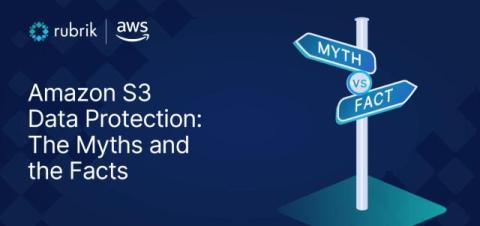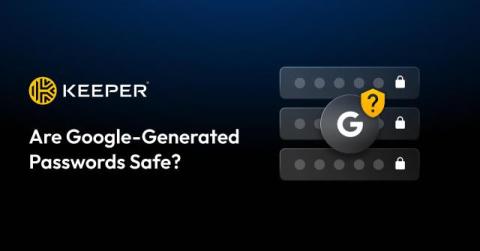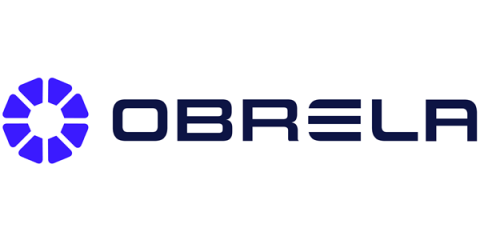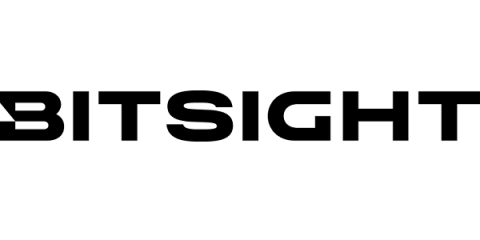What is Cloudforce One. How we thwarted FlyingYeti's campaign targeting Ukraine
In this week’s episode, we have a segment about how we thwarted a threat campaign targeting Ukraine and explain what our team, Cloudforce One, does. Host João Tomé is joined by Blake Darché, Head of Cloudforce One. First, we discuss how Cloudforce One employed proactive defense measures to successfully prevent Russia-aligned threat actor FlyingYeti from launching their latest phishing campaign targeting Ukraine.











